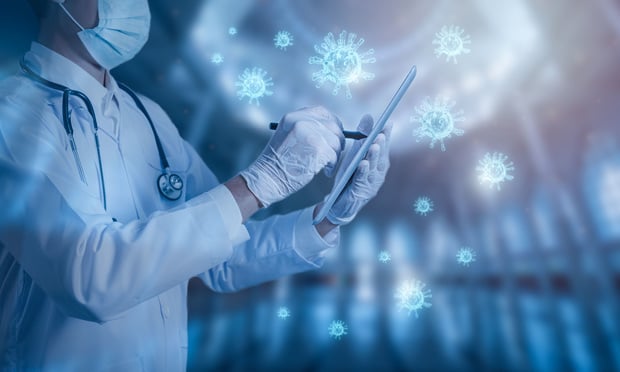 Insurance professionals should watch for claims in these areas and make plans to minimize their impact on the industry and on insureds. (Photo: ETAJOE/Shutterstock)
Insurance professionals should watch for claims in these areas and make plans to minimize their impact on the industry and on insureds. (Photo: ETAJOE/Shutterstock)
Last April, I wrote for PropertyCasualty360.com about the tsunami of claims expected to occur because of COVID-19. In some segments of the economy, the prediction has, regrettably, proved correct; in others, it has been forestalled and perhaps avoided through government largess of over $3 trillion so far.
Recommended For You
Want to continue reading?
Become a Free PropertyCasualty360 Digital Reader
Your access to unlimited PropertyCasualty360 content isn’t changing.
Once you are an ALM digital member, you’ll receive:
- Breaking insurance news and analysis, on-site and via our newsletters and custom alerts
- Weekly Insurance Speak podcast featuring exclusive interviews with industry leaders
- Educational webcasts, white papers, and ebooks from industry thought leaders
- Critical converage of the employee benefits and financial advisory markets on our other ALM sites, BenefitsPRO and ThinkAdvisor
Already have an account? Sign In Now
© Touchpoint Markets, All Rights Reserved. Request academic re-use from www.copyright.com. All other uses, submit a request to [email protected]. For more inforrmation visit Asset & Logo Licensing.






